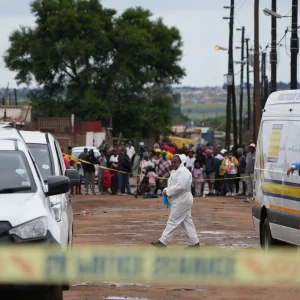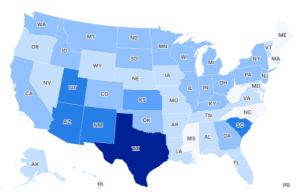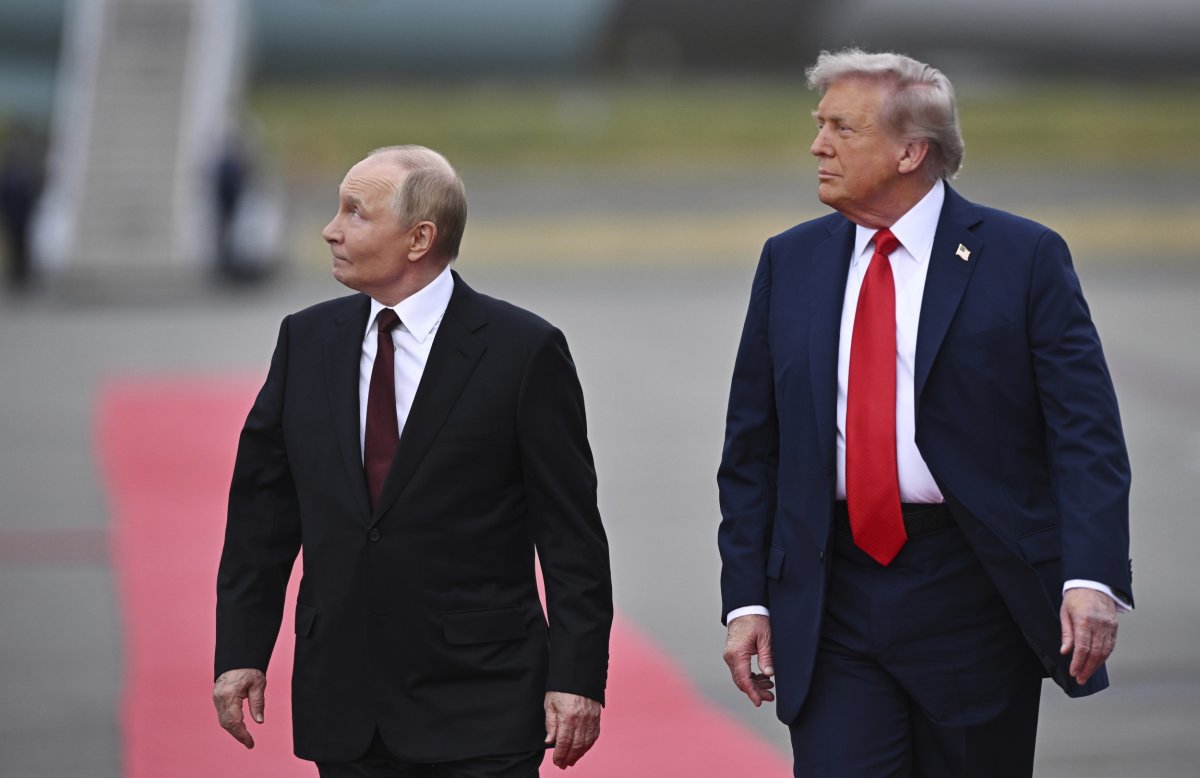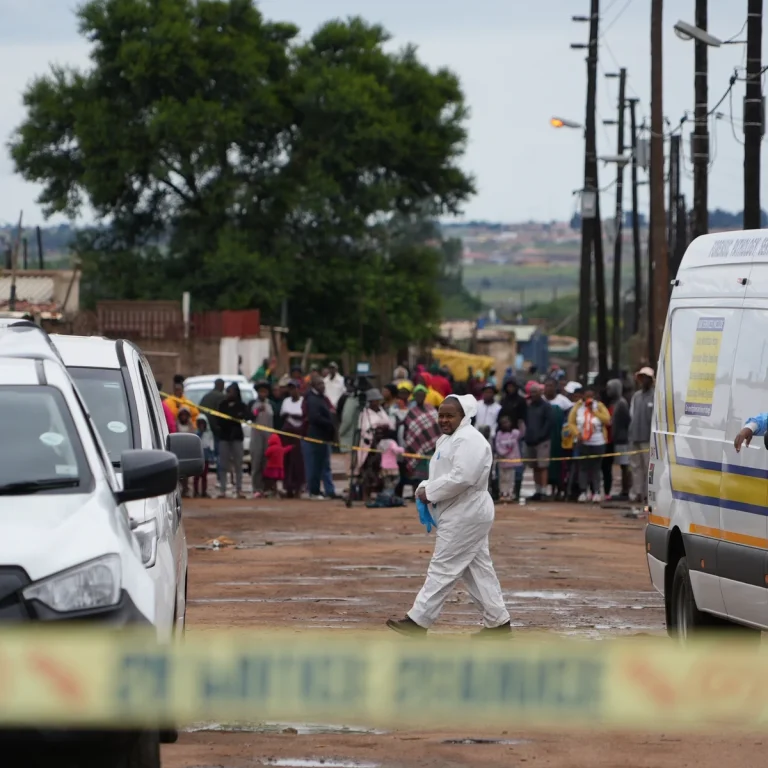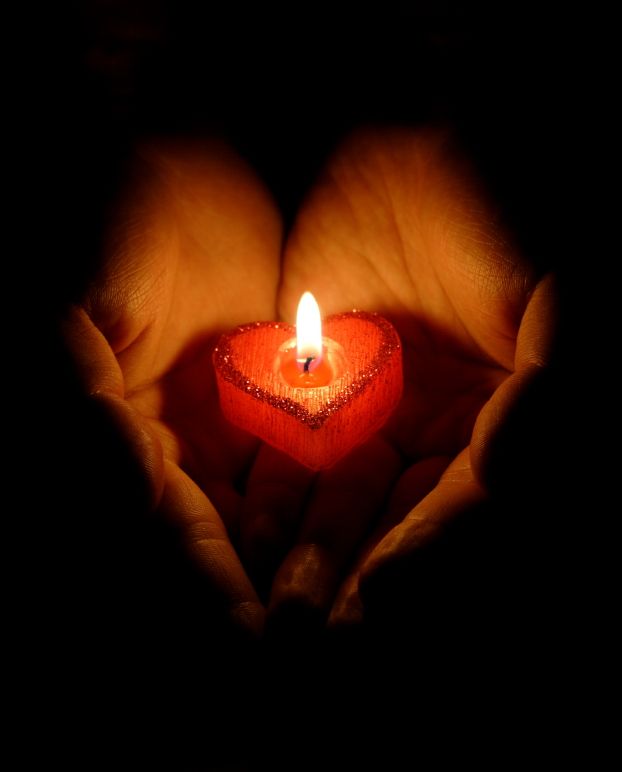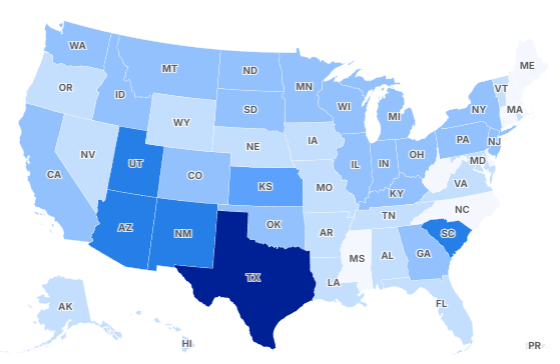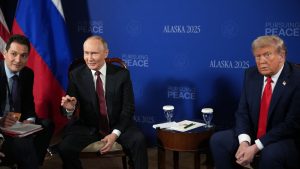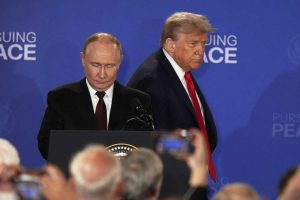Expert analysis of diplomatic gestures and subconscious reactions during the high-stakes Trump-Putin meeting provides insights into leadership psychology under pressure.
The Diplomatic Theater of Military Demonstration
The highly anticipated summit between President Donald Trump and Russian President Vladimir Putin in Anchorage, Alaska, on August 15th provided a unique opportunity to observe how world leaders respond to calculated displays of military power during diplomatic proceedings.
The meeting, designed to address the ongoing Ukraine conflict and explore potential peace negotiations, ultimately concluded without a comprehensive agreement, despite three hours of intensive discussions. Trump characterized the talks as “extremely productive,” noting that while significant progress had been made on multiple points, one crucial issue remained unresolved.
“We didn’t achieve our final objective today, but we have established a very strong foundation for future success,” Trump explained during the subsequent press conference. “I’ll be making several important phone calls to brief key stakeholders on our discussions. Many critical points were agreed upon, with only a few remaining items to address.”
The Strategic Setting and Military Display
Both leaders arrived at Joint Base Elmendorf-Richardson, Alaska’s largest military installation, where they disembarked from their respective aircraft and proceeded down parallel red carpets before meeting for their traditional diplomatic handshake.
As the two presidents walked together across the tarmac, a carefully orchestrated military flyover commenced overhead, featuring four F-35 Lightning II fighter jets accompanied by a B-2 Spirit stealth bomber. According to defense analysts, the B-2 bomber serves as a prominent symbol of American military technological superiority, capable of delivering both conventional and nuclear payloads with unprecedented stealth capabilities.
The timing of this aerial demonstration—occurring moments after Putin’s arrival and during the leaders’ initial public interaction—was widely interpreted as a strategic message regarding American military readiness and technological advantages.
Expert Analysis of Putin’s Subconscious Reactions
Celebrity psychic and body language expert Inbaal Honigman conducted a detailed analysis of Putin’s physical responses during the flyover, revealing insights into the Russian leader’s instinctive behavioral patterns under unexpected circumstances.
“As the fighter jets approached the presidential meeting area, Putin detected the aircraft noise significantly earlier than Trump did,” Honigman observed. “Even though this may have been unexpected for the Russian head of state while representing routine protocol for the American president, Putin’s immediate reaction was to look directly toward the source of the sound.”
Most significantly, Honigman noted Putin’s distinctive hand positioning during the flyover. “Putin’s ‘holster hand’ visibly stiffened and moved toward his pocket area when he heard the loud noise from above,” she explained.
The ‘Gunslinger Gait’ and KGB Training Legacy
Honigman’s analysis highlighted Putin’s famous ‘Gunslinger Gait’—a distinctive walking pattern where one hand swings naturally while the other remains positioned as if ready to draw a weapon at any moment. This behavioral characteristic is widely believed to stem from Putin’s extensive KGB training during his intelligence career.
“Putin’s instinctive hand positioning over his pocket when hearing unexpected loud noises demonstrates that even decades into his diplomatic career, he maintains combat readiness instincts,” Honigman explained. “Rather than relying solely on his professional security detail, Vladimir Putin’s body language suggests he remains personally prepared to respond to potential threats.”
This analysis provides insight into how deeply ingrained security training influences behavioral patterns, even in carefully controlled diplomatic environments where personal safety threats are virtually nonexistent.
The Evolution of Reactions During the Display
As the military flyover continued, both leaders’ responses evolved from initial surprise to apparent appreciation of the aerial demonstration. Honigman noted distinct differences in how each president processed and responded to the military display.
“When cameras captured the leaders’ reactions to the ongoing flyover, both Trump and Putin appeared genuinely impressed by the demonstration,” she observed. “Trump could be seen clasping his hands together in a gesture that conveyed both pride and satisfaction with the military showing.”
Putin’s response proved particularly revealing from a diplomatic perspective. “Putin made no attempt to conceal his interest in the aerial display,” Honigman continued. “He followed the aircraft with his eyes and turned his head to track their movement, clearly not wanting to miss any aspect of the demonstration.”
Diplomatic Gestures and Power Dynamics
The interaction between the two leaders during the flyover provided additional insights into diplomatic protocol and relationship dynamics. Trump’s physical gestures toward Putin carried specific symbolic significance within the context of international diplomacy.
“Trump reached out to touch Putin’s arm during the display, which serves as a clear mark of friendship and diplomatic courtesy,” Honigman explained. “This gesture communicated to the Russian president that the military demonstration was intended as an honor rather than intimidation.”
Putin’s subsequent response demonstrated understanding of the diplomatic messaging behind the display. “Putin lowered his head and nodded several times in a gesture of deference,” Honigman noted. “This body language indicated his recognition and respect for Trump’s powerful gesture.”
Alternative Expert Perspectives on Strategic Messaging
Body language expert Darren Stanton offered an additional interpretation of the military flyover’s diplomatic significance, suggesting that the demonstration served multiple strategic communication purposes simultaneously.
“While some critics have characterized the military flyover and red carpet reception as providing Putin with an inappropriately grandiose welcome, the display actually communicates American military capability,” Stanton explained. “The message being conveyed is essentially: ‘We also possess advanced weapons and military equipment.’”
This perspective frames the flyover as strategic deterrence communication rather than ceremonial honor, highlighting the complex layers of meaning embedded in modern diplomatic theater.
The Psychology of Leadership Under Pressure
The Alaska summit provided unique insights into how world leaders process unexpected situations and maintain composure during high-stakes diplomatic proceedings. Both presidents demonstrated different but effective approaches to managing surprise elements during formal negotiations.
Putin’s instinctive security responses, rooted in his intelligence background, illustrate how professional training influences behavioral patterns even in safe, controlled environments. His ability to quickly transition from defensive positioning to diplomatic appreciation demonstrates adaptability crucial for international leadership.
Trump’s orchestration of the military display, combined with his immediate reassuring gestures toward Putin, reflects understanding of how power demonstration can be balanced with diplomatic courtesy to achieve strategic communication objectives.
Implications for Modern Diplomatic Practice
The Alaska summit demonstrates how contemporary international diplomacy increasingly incorporates military and technological demonstrations as integral elements of negotiation strategy. The combination of traditional diplomatic protocol with strategic military messaging represents an evolution in how nations communicate strength while pursuing peaceful resolutions.
Body language analysis of such encounters provides valuable insights into leadership psychology, revealing how personal backgrounds, professional training, and cultural influences shape responses to diplomatic theater. Understanding these subconscious reactions can inform future diplomatic strategies and improve international communication effectiveness.
The detailed examination of Putin’s and Trump’s interactions during the military flyover illustrates that even experienced world leaders maintain authentic emotional and instinctive responses to unexpected situations, providing glimpses into personality characteristics that formal diplomatic statements rarely reveal.
The Alaska summit’s combination of military demonstration and diplomatic engagement offers valuable lessons about modern international relations, where strategic messaging must balance displays of strength with efforts to build productive working relationships between world powers.
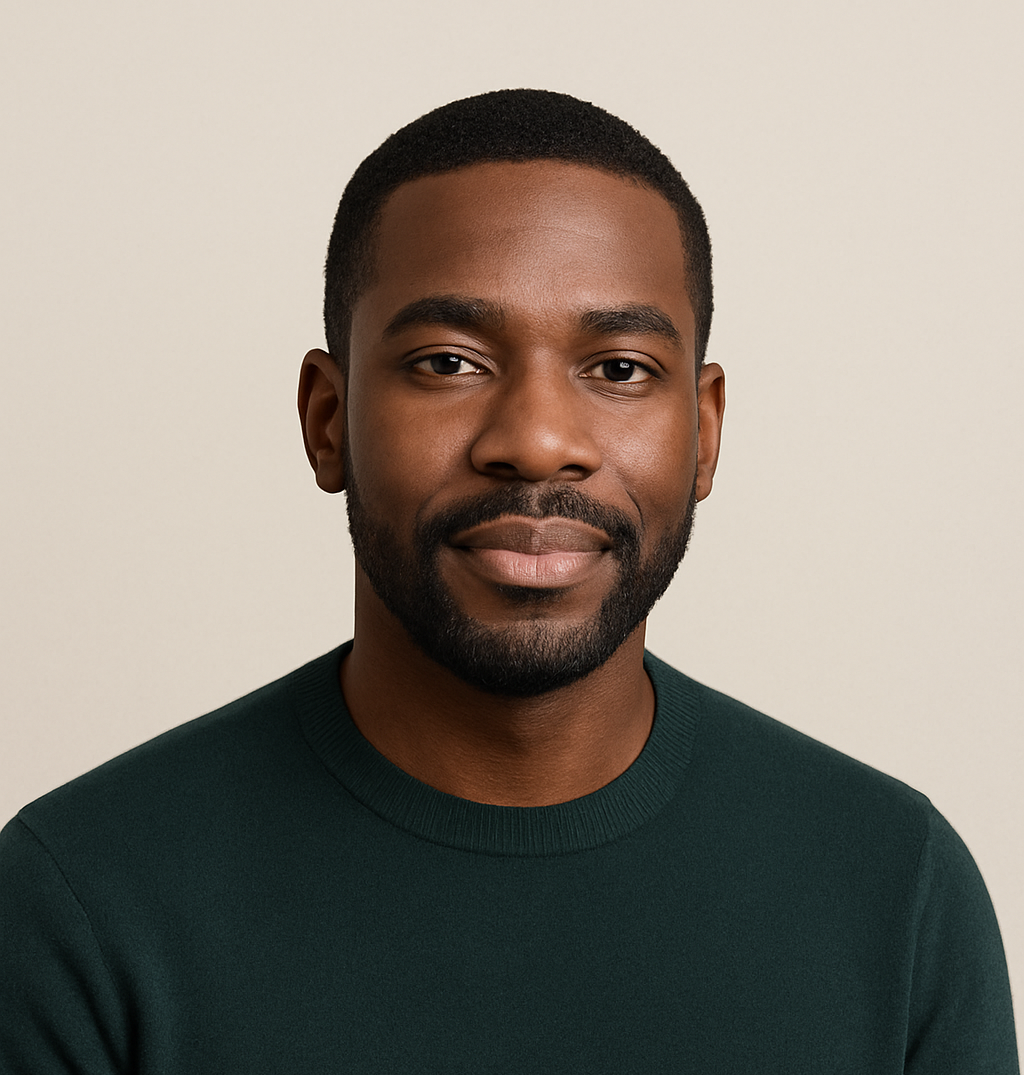
James Jenkins is a celebrated Pulitzer Prize-winning author whose work has reshaped the way readers think about social justice and human rights in America. Raised in Atlanta, Georgia, James grew up in a community that instilled in him both resilience and a strong sense of responsibility toward others. After studying political science and creative writing at Howard University, he worked as a journalist covering civil rights issues before dedicating himself fully to fiction. His novels are known for their sharp, empathetic portraits of marginalized communities and for weaving personal stories with broader political realities. Jenkins’s breakout novel, Shadows of Freedom, won national acclaim for its unflinching look at systemic inequality, while his more recent works explore themes of identity, resilience, and the fight for dignity in the face of oppression. Beyond his novels, James is an active public speaker, lecturing at universities and participating in nonprofit initiatives that support literacy and community empowerment. He believes that storytelling is a way to preserve history and inspire change. When not writing, James enjoys jazz music, mentoring young writers, and traveling with his family to explore cultures and stories around the world.
